Holden VR, VS Commodore History
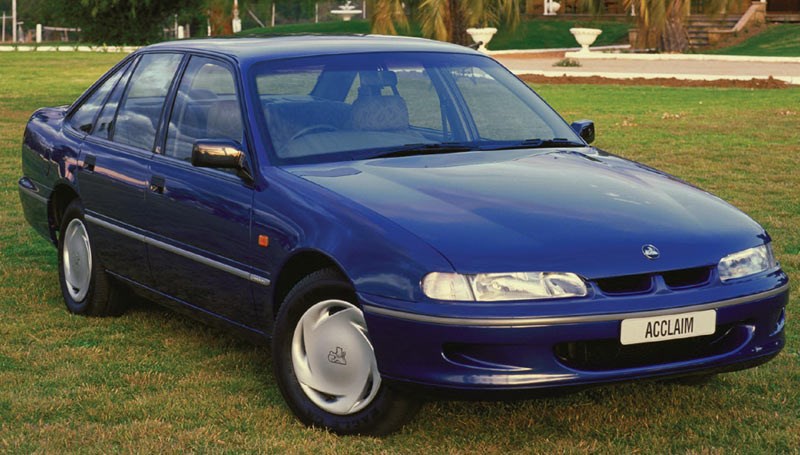


|
Glenn Torrens traces the Holden Commodore's heritage, this time looking at the VR-VS series
HOLDEN VR COMMODORE
165,262 built
The VR was one of the most thorough updates of an Australian car model ever. Outside, there was tightly-gapped new sheet-metal and lights front and rear, including body-colour flush-fit front and rear bumpers. Under the skin, the front suspension was almost totally redesigned, with new front strut towers and struts (with camber adjustment) to alter the alignment for better handling, steering feel and tyre wear.
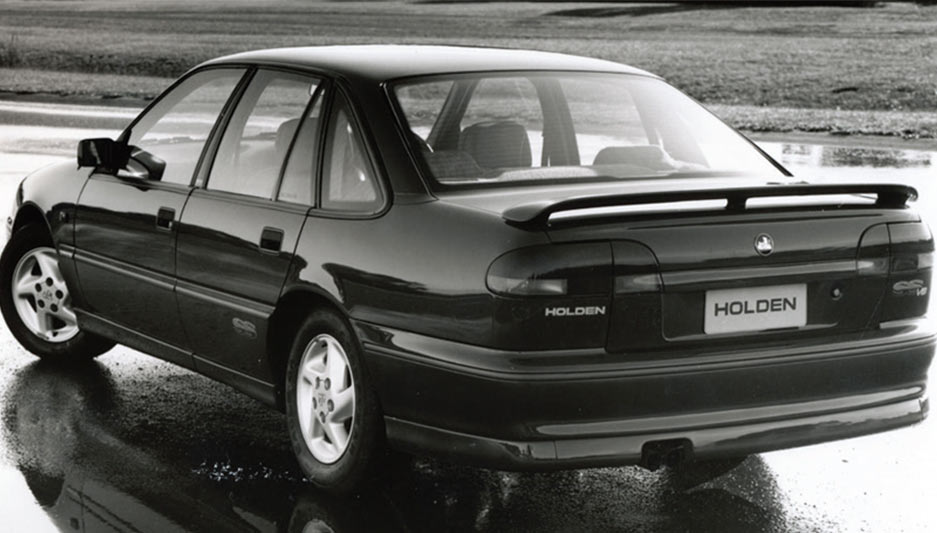
The track was wider, too, ridding the Commodore of the VN/VP’s tippy-toe look. As with VP, sedans had beam or independent rear ends; wagons and utes were beam-only. The auto gearbox was now an electronically controlled unit with a ‘Power’ mode. Inside was a new smoothly sculpted dash, made from fewer parts for fewer squeaks and rattles. A driver’s airbag was fitted to Calais and the new family-focussed model, Acclaim, and all sedans now had a lap/sash centre rear seatbelt. All kind-of boring stuff now, but high-tech back in the day.
HOLDEN VS COMMODORE
277,774 built
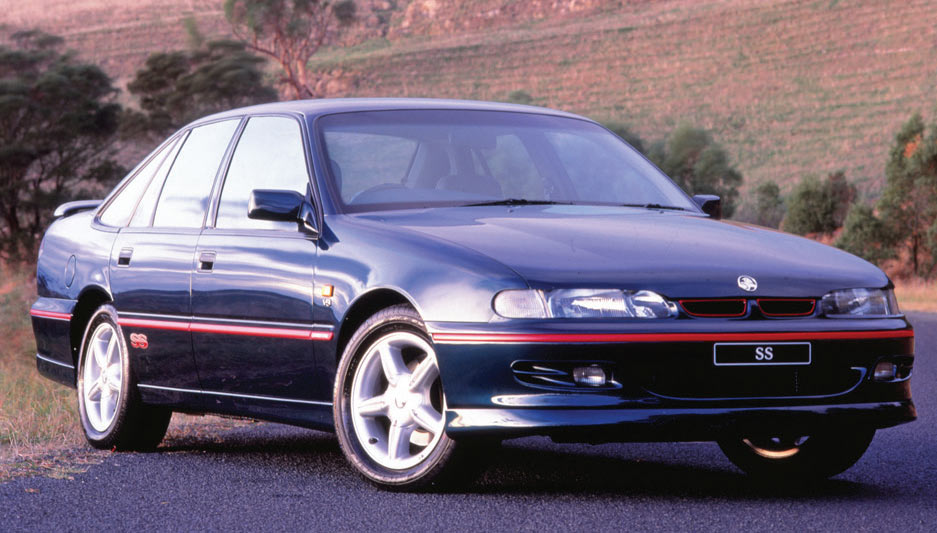
The VS carried-on the smooth appearance of the well-received VR with a few tweaks such as oval side indicator repeaters. It was powered by a new version of the 3.8-litre V6, the Ecotec that shared little but the V-formation with the earlier VN-VR motors. It had better breathing heads and smarter fuel injection, increasing power from 130 to 147kW while being quieter and feeling smoother and punchier. It used around 10 per cent less fuel and later was to be offered as a 165kW Supercharged option in Calais and the Statesman/Caprice.
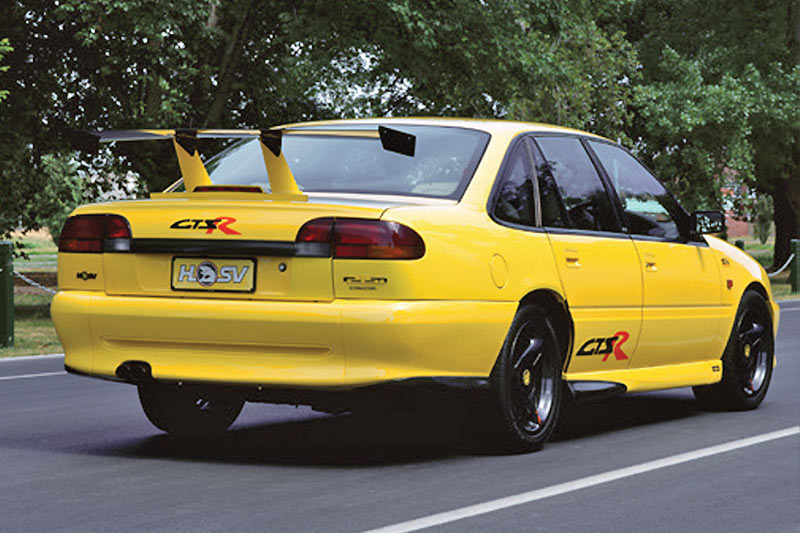
A new paint process at the factory improved colour and quality for later VRs; of course this helped VS models, too. Over at HSV, the 215kW 5.7-litre stroker V8 had been launched in HSV’s top-line GTS in 1994 and it gained extra notoriety in the VS GTS-R, a bold, winged, banana yellow, carbon-fibre-highlighted car considered a legend by some and a joke by others, especially as it was regularly hosed-off by the new breed of turbo four-doors from Japan, such as the Subaru WRX.
HOLDEN'S GREAT EIGHT
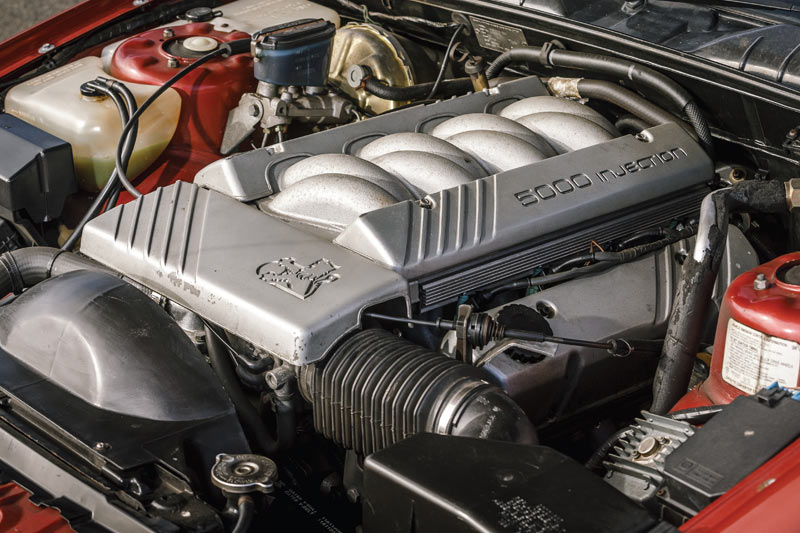
Not quie a year after the VN Commodore’s launch, Holden reintroduced its V8, this time with electronic multi-point fuel injection. Based on the block of the 308 V8 that was launched in 1969 – that provided Holden with dozens of Australian race wins over two decades in Torana and Commodore – the new engine had better-breathing symmetrical-port heads and a smart GM/Delco management system. Lifting the bonnet of a VN V8 showed-off the bunch-of-bananas, cast-alloy tuned-length intake manifold, too, devised by the same crew who tweaked the VL Commodore SS Group A’s twin-throttle design. Its 165kW and 380Nm was streets ahead of the 122kW and 323Nm of the carby VL and according to Wheels magazine April 1989, made it the ‘fastest family car in the world’. In 180kW and 200kW (VN-VP), 185kW (VR-VS) 195kW (VT) and 5.7-litre 215kW (VR-VS) and 220kW (in VT) versions, it was the basis for just about everything HSV did for the next decade, too.
Read more:
- Holden Commodore VN, VG ute
- Holden Commodore VP, VQ Statesman & Caprice
- Back to Holden Commodore VN-VS series homepage
Unique Cars magazine Value Guides
Sell your car for free right here
Get your monthly fix of news, reviews and stories on the greatest cars and minds in the automotive world.
Subscribe

.jpg)




.jpg)






